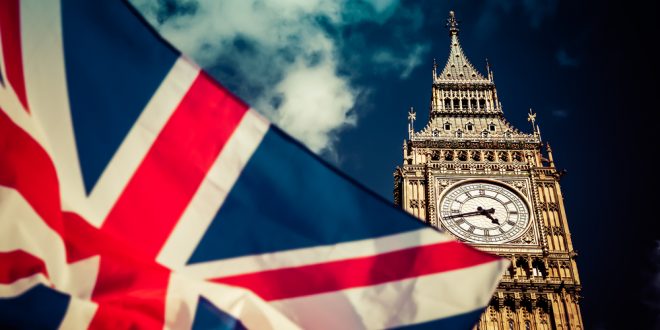prices are surging five times faster than the UK central bank’s 2% target, so, the sterling falls on daily basis, and accordingly, policy makers led by Governor Andrew Bailey face accelerating pressure to step up the pace of monetary tightening.
This week, the Bank of England will consider whether to pursue the biggest interest rate increase in 33 years to respond to surging inflation and weakening confidence in British assets.
The new Prime Minister Liz Truss’s seeks to protect families from soaring energy bills, and this is expected to inject a sort of stimulus into the economy. Across the Atlantic, the Fed could push its key rate further beyond lending costs in the UK, to potentially weaken the sterling.
The government’s emergency energy support package reduces the need for a jumbo rate hike by ensuring a lower inflation peak and a faster decline next year. The majority of consensus expect the BoE to raise its benchmark lending rate a half-percentage point to 2.25% on September 22.

 Noor Trends News, Technical Analysis, Educational Tools and Recommendations
Noor Trends News, Technical Analysis, Educational Tools and Recommendations



